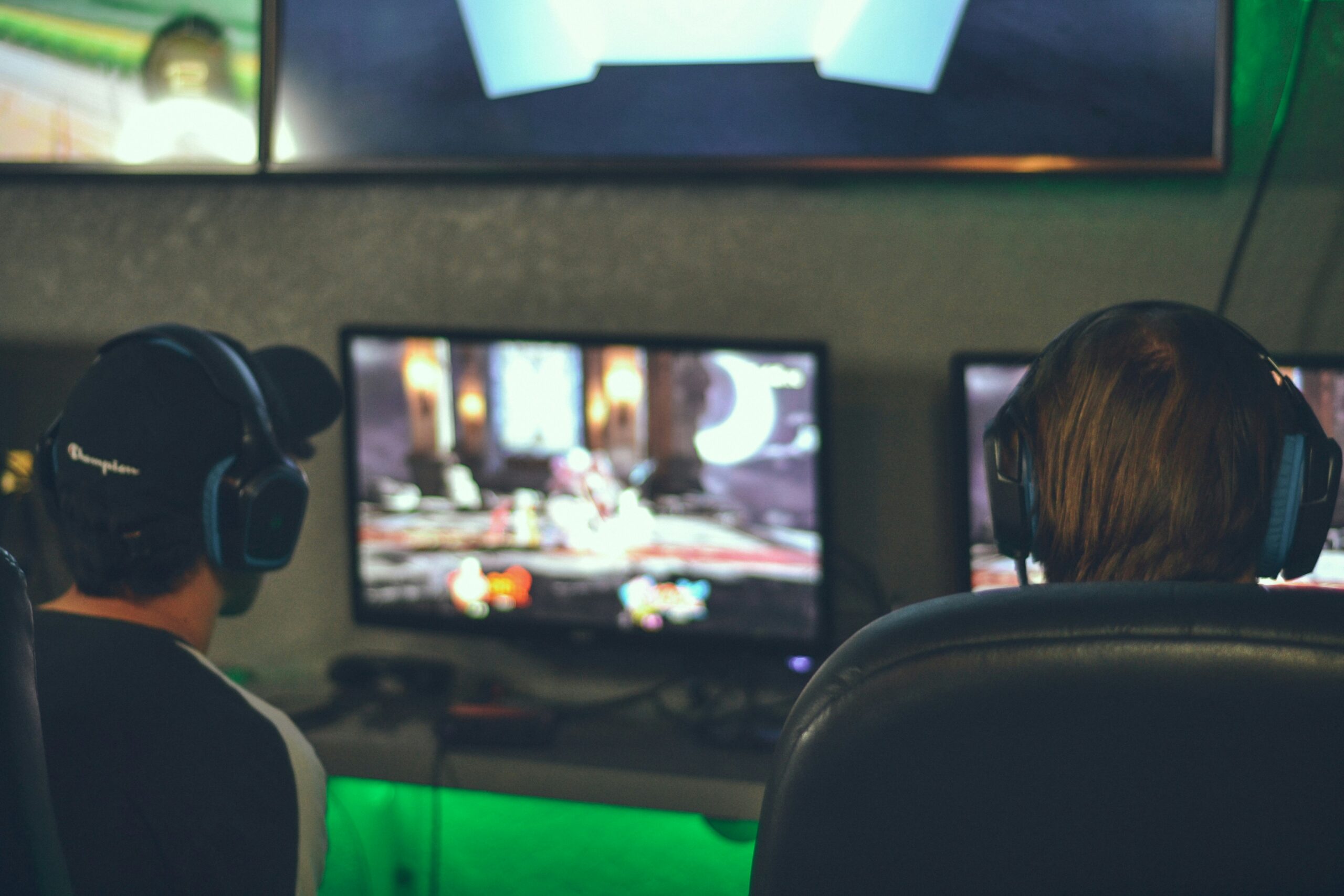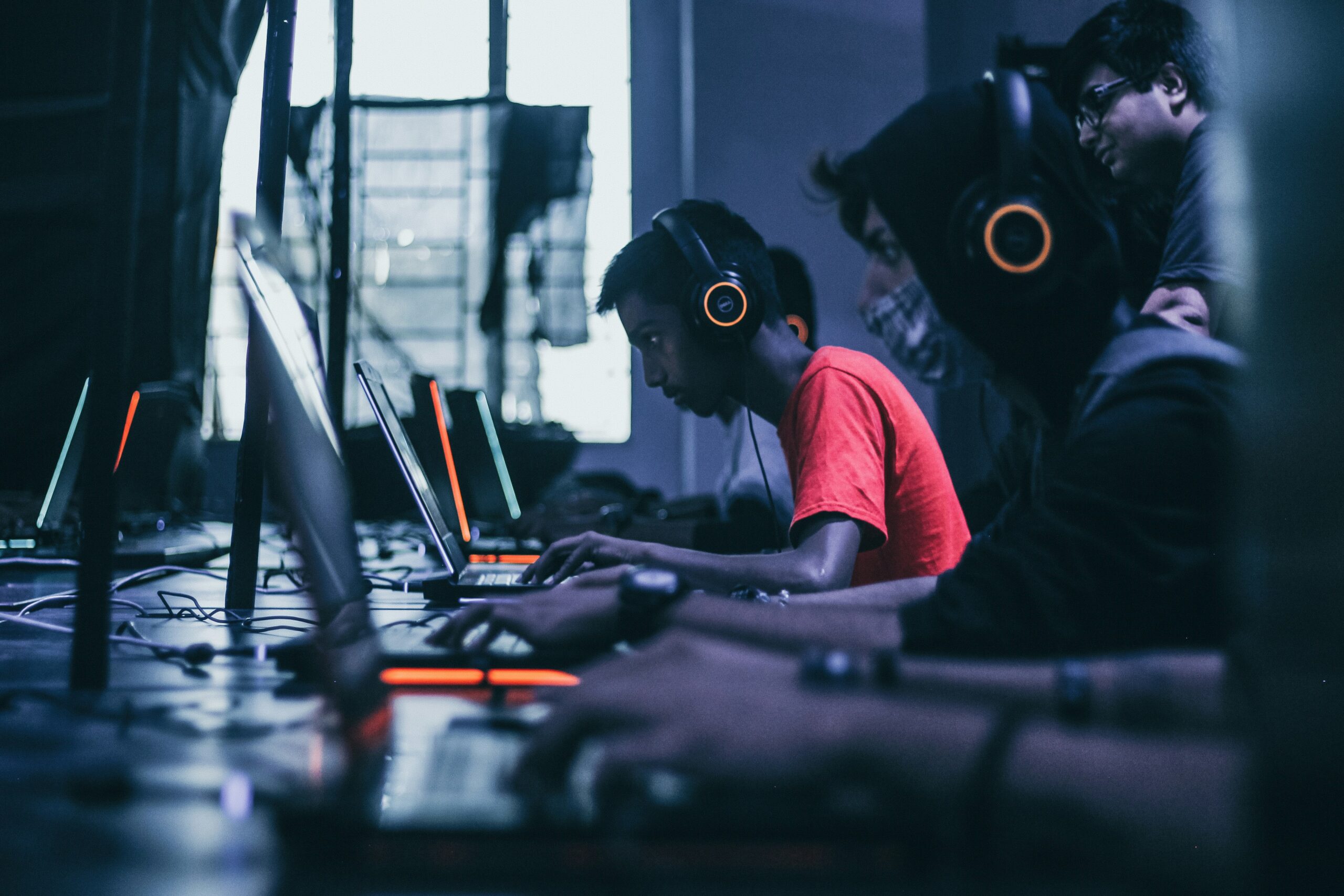
Are you a passionate Indie game developer? Imagine, you launch a game, and within a few days, it is trending across social media platforms and gaming communities hyping it on Social media. No exaggerated top-dollar budget. Just passionate and organic gaming communities, appreciating your exemplary creation. It is the power of player-driven advocacy from your fanbase.
Player advocacy can indeed be a great alternative to classic market penetration strategies. If anything, the market is significantly gravitating toward peer and influencer strategies instead of over-relying on ads.
Are you thinking along these lines? Let’s take you through how Indie game developers can build a formidable marketing army from a fanbase.
Player Advocacy Vs Traditional Video Game Marketing
Have you recently purchased a video game? Chances are you developed interest after a friend’s referral. Or, perhaps you came across an exciting meme on your socials. The scenario is expected given that innumerable games are being launched each day, including blockbuster AAAs from renowned and big gaming developers. Steam reckons that 2,500+ have already been released within 2 months into 2025.
As an Indie developer, you may ask why player advocacy increasingly edges out traditional game discovery strategies. Well, these tenets give a social strategy an upper hand.
- Authenticity. Ordinarily, avid gamers/your fanbase will share your game out of intrinsic and genuine love for your game; not because of paid inducements.
- Instant reach. Imagine one influencer sharing a video snippet of your game. It has the potential of hitting a million views within a short period.
- Less costly. Player advocacy is free, of course, if we subtract the effort to expend nurturing relationships.
Pro Tip: Advocacy is generic. It is counter-productive when you force it. Earn it by building something worth talking about, and then provide your fanbase with the requisite tools to spread the gospel.
Steps For Indie Developers Keen On Leveraging Fanbase Advocacy
Cast Your Net Wider; Don’t Stop At a Mere Player Base
Did you know your first 100 loyal fans could be more important than hundreds of game downloads? You ought to treat them as VIPs because they are the first converts crucial to spreading your fame. Here is how to build impactful advocacy relationships with them.
- Ensure early engagement. Consider sharing your game development journey before you launch it or give us a sneak peek of what is cooking. It will interest players in learning more about the development journey while anticipation for the launch date increases.
- Have a space for fans/players to connect. This is where fans can chat with you directly and amongst themselves. Remember when Among Us went viral in 2020? The trend was attributable to a small, yet vibrant community.
- Share your journey. You shouldn’t remain faceless if you’re an Indie developer. Feel free to share your struggles. What is that bug that almost broke the game mechanic? What is it that makes you nervous in your game development journey? Fans would like to be tucked into your experiences. This breeds transparency and trust.
Empower Your Fans With the Right Tools And Share-Worthy Content
Players will advocate for your game if you arm them with the requisite incentives and content. You could achieve this by designing exciting shareable moments. Share photogenic gameplay snippets and quirky achievements while at it.
You can’t afford to ignore fueling your content machine. Achieve this by providing requisite assets, including GIF templates, screenshots and fan art kits. In fact, Hollow Knights became the face of Indie games following this strategy. Here is how Hollow Knight’s team sparked a fan art explosion by releasing a High-Res Character Sprite
Rewarding loyalty is another way Indie developers empower their fans. Peculiarly designed perks can transform casual players into reliable ambassadors. These offers could include Beta access for community members and skins for social sharing. You could, also, consider giving exclusive shoutouts to superfans using patch notes or credits.
Letting Players Own The Narrative
UGC (User Generated Content) is the new gold for Indie gamers aiming player advocacy marketing. Encourage, celebrate and share it. Here is how you can achieve this.
- Arrange and run contests. You can host speedrun challenges, modding jams or host fan art competitions. The minecraft modding community is such a vibrant vibe that has kept the game relevant for years.
- Leverage inside jokes and memes. Noisestorm, the brains behind Crab Champions present a perfect case on how to take advantage of these tools and go viral. Their Crab Meme went full circle in 2023 and turned into a hot topic on social media.
- Engage and collaborate with creators. Partnering with micro-influencers has proved a workable strategy. Engage them in exchange for intrinsically motivated and honest streams and reviews.
Pay Attention To Your Fans’ Feedback
Of course, players will stay around your game if you value their feedback. No option; acting on feedback is crucial. Valheim skyrocketed its sales into millions of copies within a few months after its launch in 2021. Valheim’ massive success is attributable to the incorporation of player feedback in its development.
You must learn the subtle art of turning critics into allies. Learn to respond politely to negative or displeasing reviews. For instance, engage your fans with simple replies, ‘We are fixing this, our team is working on this etc. Equally, thank your fans for any feedback they render.

Keep The flame Sparkling After Launching Your Game
Drop surprising updates to your fans community days before the launch. Consider sharing behind the scenes of your game’s universe. You can incorporate short stories, dev diaries or the concept arts. Such teasers help to keep fans and players theorising beyond post-launch date. Equally, celebrate your game development milestones with your fan base. Consider virtual parties when commemorating sales anniversaries. 2-year update, 5-year update etc should incorporate previously requested features if you wish to re-ignite the launch buzz.
Player Advocacy In Nutshell
Turning players into advocates is an intricate journey among Indie developers. It requires keenness, given its potential to massive boost your game’s visibility at a comparably low or even zero cost.
The journey involves creating mutual love between developers and players. You must pay attention to the basics if you wish to leverage this less-costly strategy for game’s discovery.
Build a game worth talking about within gaming communities. Remember to delicately treat your community. Essentially, Indie isn’t just about creating random games. It is rather fostering fandoms. In the contemporary gaming industry where ads are likely to overwhelm gamers, fandom fostering has a clear edge over classic strategies.
Reach out to us if you want to find out how Gamer One can help you turning your players into the best possible marketing resource. Info@gamerone.games



